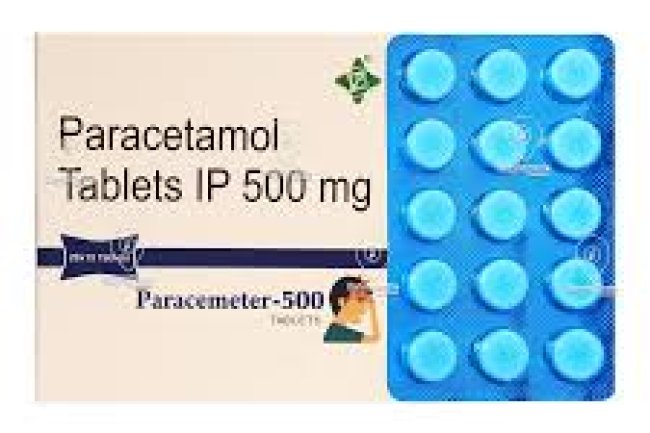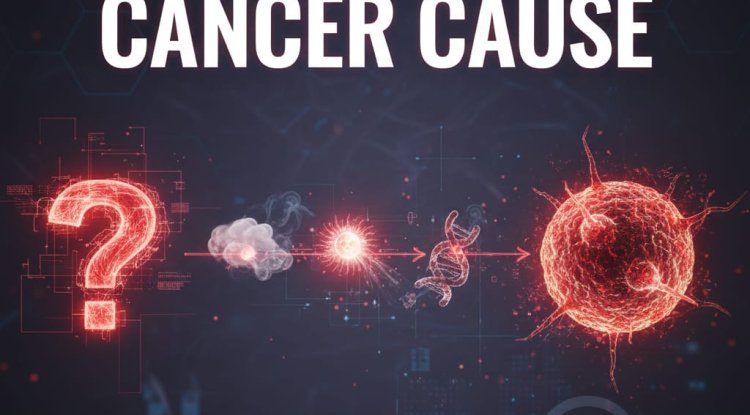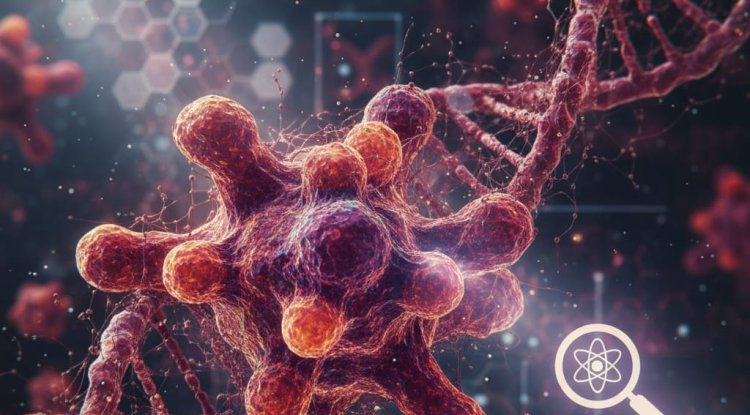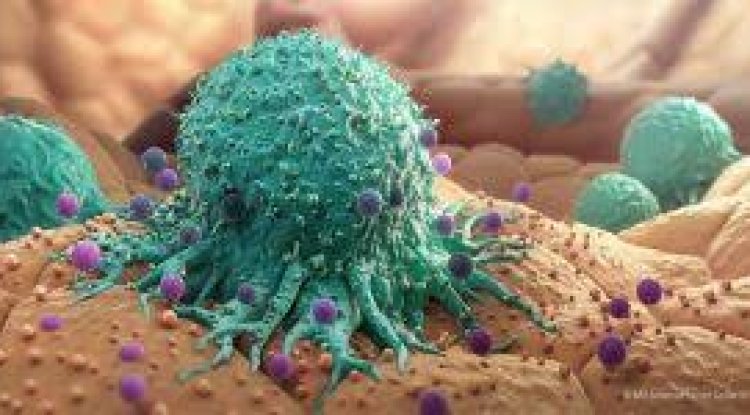how oxycodone / paracetamol works?
Oxycodone and paracetamol (acetaminophen) work together through synergistic and complementary mechanisms to relieve moderate to severe pain
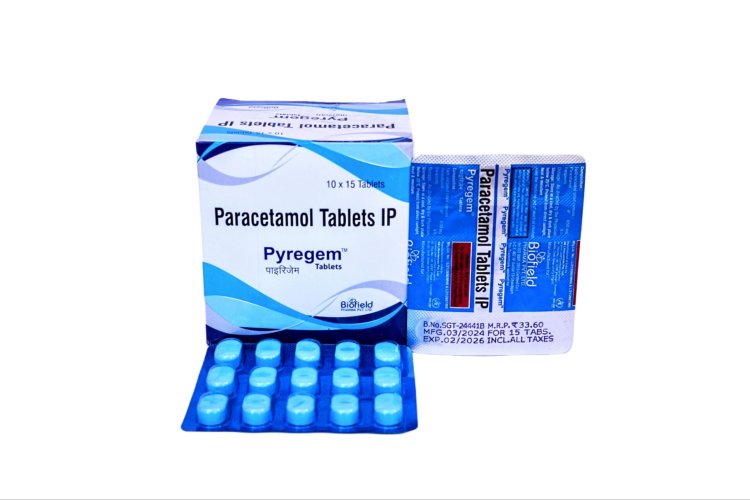
Oxycodone and paracetamol (acetaminophen) work together through synergistic and complementary mechanisms to relieve moderate to severe pain
Oxycodone (opioid component): Oxycodone works primarily in the central nervous system (brain and spinal cord) by binding to and activating specific mu-opioid receptors. This action changes how the body feels and responds to pain by decreasing the transmission of pain messages to the brain. It is an opioid analgesic that provides potent pain relief
Paracetamol (non-opioid component):The exact mechanism of paracetamol is still not fully understood, but it is believed to act mainly in the central nervous system. It is thought to exert its analgesic (pain-relieving) and antipyretic (fever-reducing) effects by inhibiting prostaglandin synthesis, possibly through a variant of the cyclooxygenase (COX) enzyme, known as COX-3, or by acting as a reducing agent on the COX-1 and COX-2 enzymes. Paracetamol also appears to modulate the body's pain signaling pathways via the serotonergic and endocannabinoid systems.

Combined Effect
The combination provides superior pain relief compared to either drug used alone at the same dosage. This is because:
- Different Mechanisms, Same Goal: They target different pathways and locations in the pain signaling process, allowing for a broader, more effective attack on pain.
- Synergy: The effects are synergistic, meaning the combined pain relief is greater than the sum of their individual effects.
- Lower Doses: The synergistic effect allows for the use of lower doses of each individual drug, which helps to minimize dose-dependent side effects (such as the risk of acetaminophen-related liver toxicity or oxycodone-related respiratory depression).
What's Your Reaction?








